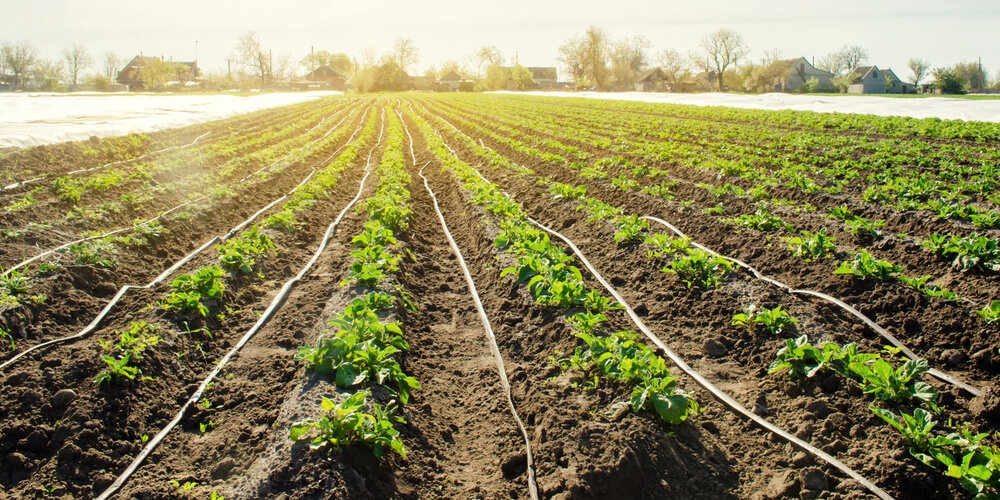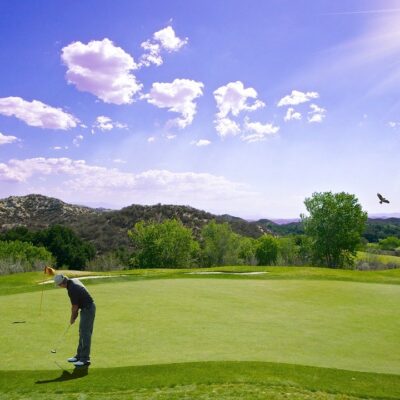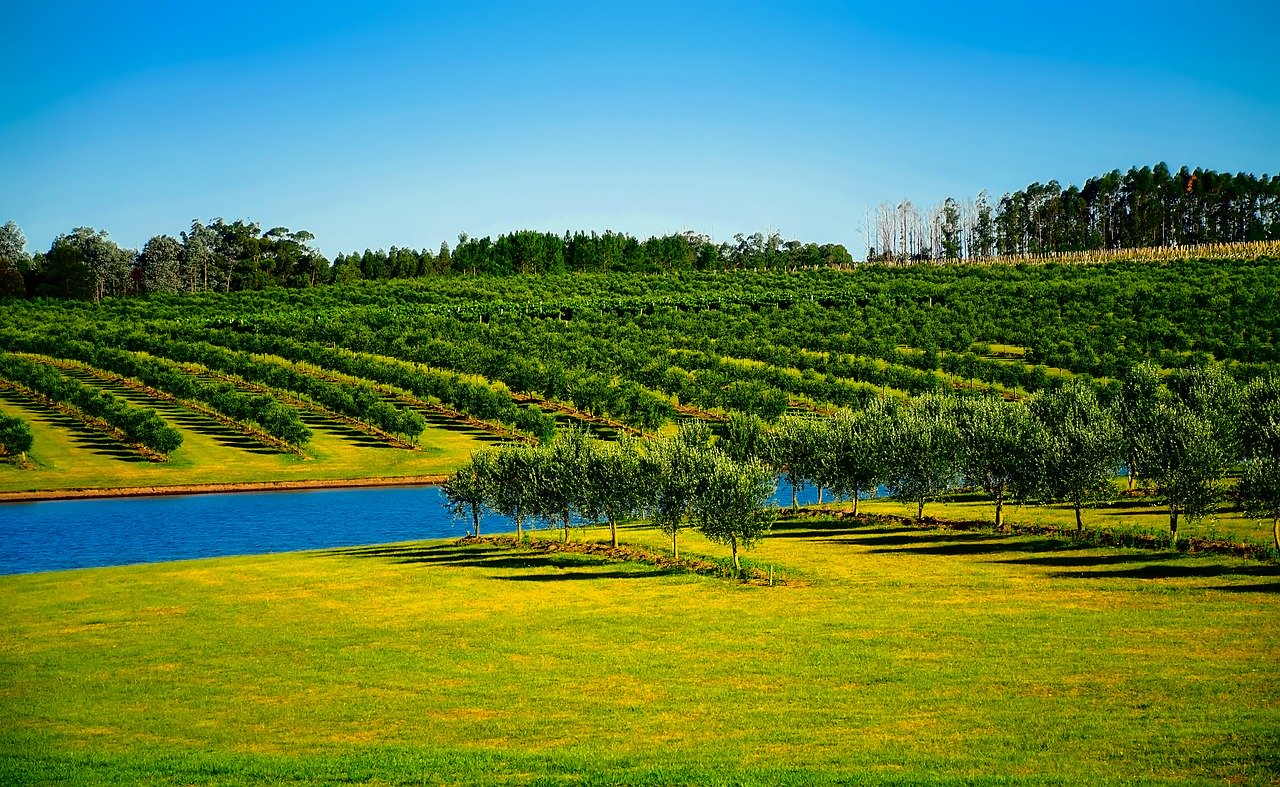Water is one of the most precious resources on the planet. All life depends on it, so it is of paramount importance that we must use it with care and conserve the supply for future generations. It is quite a challenge, one that is made even more demanding by climate change.
Water is not only crucial to sustaining human life, but it is also vital for the growth of all vegetation, including the crops that we grow for food. But saving water not only helps in terms of conservation, but it can also save you considerable amounts of money with regard to lower bills from your utility supplier or lowering pumping costs if you draw water from a well.
One very effective way of saving water in your garden (or anywhere) when it comes to growing flowers and crops is something called drip irrigation.
What is Drip Irrigation?
Drip irrigation refers to a type of micro-irrigation that uses lower water pressure and flow technology instead of traditional sprinkler systems. Sprinklers that employ centre-pivot irrigation techniques are only around 75% to 85% efficient maximum. Micro-irrigation methodology, like drip irrigation, for example, can achieve efficiencies in excess of 90%.
Not only is drip irrigation much efficient, but it can also help to prevent the spread of plant diseases and the proliferation of fungus. Another of its benefits is that it combats the leaching of soil nutrients and slows erosion.
Drip irrigation can be used to grow any types of plants in the agriculture, gardening, horticulture, and landscaping sectors. From the home gardener to people involved with private projects or those that are working on civic or commercial tasks - drip irrigation or other forms of micro-irrigation, such as low volume, low flow, or trickle irrigation, are the way forward.
Various Drip Irrigation Products
There are various drip irrigation products, but essentially, they can be broken down into five categories. They are point source drip, bubbler, micro-spray, dripper-line, and Mister. Here is a brief overview of each.
Point source drip
Point source drip is the most precise of all the options. The drip emitters distribute water directly into the soil, where the plant roots are, in slow drips. This system works well with hanging baskets, shrubs, and trees. Due to the slow delivery rate, it involves longer cycles of watering.
Bubbler systems
Bubbler systems are most commonly used with shrubs and trees. Because they deliver water at more intense rates, they operate on shorter watering cycles. Due to the fact that they work at higher pressure, they are very often employed when changing from a comventional sprinkler system to a lower volume alternative.
Micro-spray systems
This type of system is suitable when the application is an overhead one requiring low volume. Micro-spray systems work best for ground covers with plants such as ferns - plants that thrive best in humid environments.
Dripper-line systems
Dripper-line systems are the most rapidly growing micro-irrigation systems in terms of popularity as they are the easiest to install. They come into their own when used on plants that are closely packed together - things like vegetable gardens and hedges. They can also be successfully used with big pots housing large trees and planter pots.
Mister systems
Where plants will benefit from the air around them being cooled, Mister Systems come into their own. They are usually installed in an inverted position above the plants, and they spray downwards. The immediate evaporation of the spray is the perfect vehicle for rapidly reducing air temperature and creating a humid environment.
That is a brief overview of the various type of Micro-irrigation systems. Let's now get back to drip-irrigation in particular.
Seep or Soaker Hoses
Seep, or soaker hoses are a kind of halfway house between hosing or sprinkling, and drip irrigation. They are made out of a porous material through which water seeps. They are simple to use and allow gardeners to create a basic, time-saving watering system with little or no effort. This type of system is suitable for flower beds, greenhouses, hedges, planters, shrubs, and trees.
It is 70% more efficient than watering by hand and better than sprinkling, as less water is lost to the air through evaporation. For even better efficiency, such systems can be installed just below the surface of the soil or mulch.
Over wider areas, lengths of soaker hose should be spread between about 30cm and 50 cm apart. Typically, seep, or soaker hose systems should be activated three times per week for 10 minutes at a time.
Soaker hoses do have their drawbacks.
- Not pressure compensation, so don't work very well on sloping ground.
- The maximum deployment length is 50M due to water pressure considerations.
- Some brands are made from recycled materials that may not be suitable for laying out near food crops.
Soaker hoses are preferable to manual and sprinkler watering, but drip irrigation systems are the ultimate choice.
The Benefits of Drip Irrigation Systems
A drip line irrigation system is considerably more advanced than seep or soaker hose systems. Rather than the hose being made from porous material and seeping water from its entire length, a drip-line hose or pipe is non-porous but has pressure compensating drip emitters pre-installed at 33cm intervals along its length.
These emitters allow the exact calculation of flow, which results in both more efficient watering and easier installation.
Drip irrigation hose is less susceptible to damage from UV, and because it releases water only through the emitters and not along its entire length, like soaker hose, it is much more efficient. Whereas the unregulated release of water with a soaker hose allows 41ph per metre, a drip irrigation hose regulates it to 2.31ph per metre - considerably less.
The other thing worth bearing in mind is that soaker hose only has a life of about 4-years, as opposed to drip irrigation hose, which lasts for approximately 20 years.
When considering the most efficient watering system for your garden, drip irrigation wins hands down. It reduces extravagant water wastage but supports healthy plant growth better than anything else.


